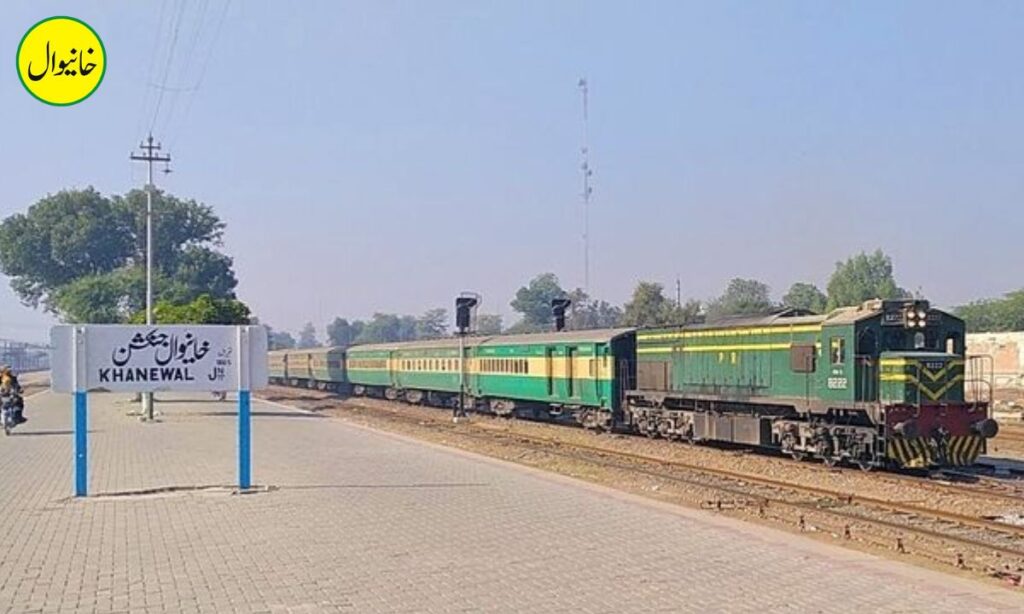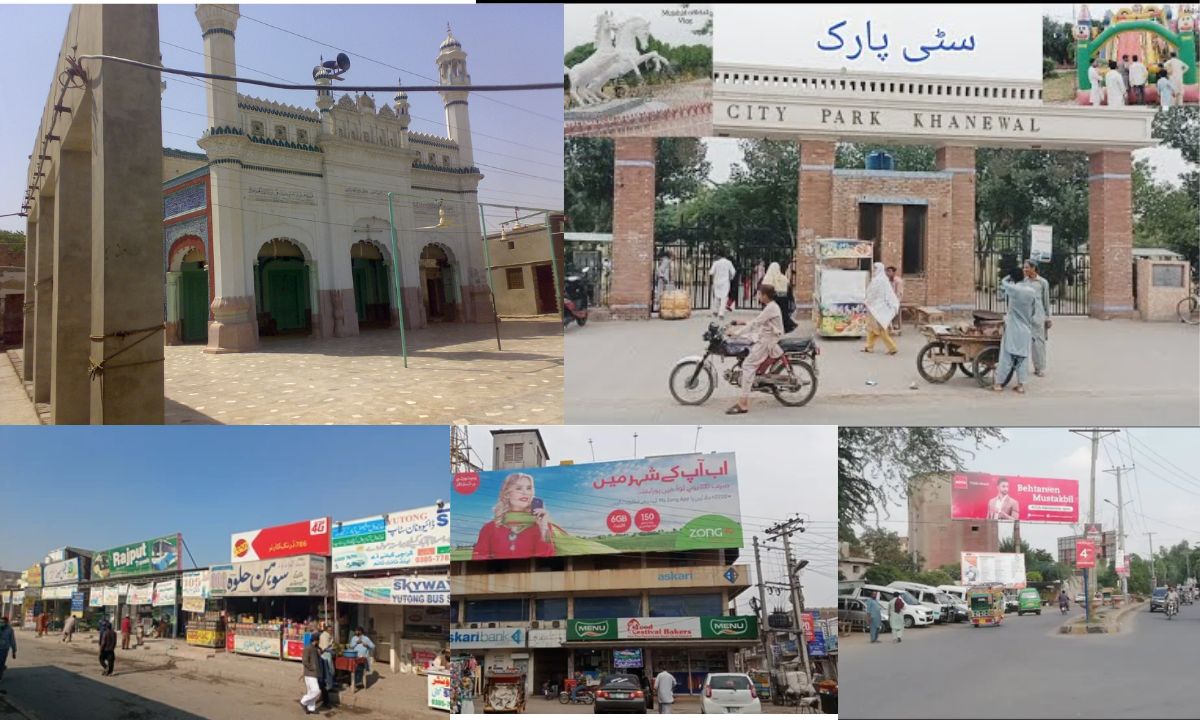Nestled in the heart of Punjab, Pakistan, Khanewal is a city with a rich tapestry of history and modern significance. From its humble beginnings as a small village to its current status as the 36th largest city in Pakistan, Khanewal’s story is one of transformation and resilience.
This guide will take you through the fascinating journey of Khanewal, exploring its origins, development, and current importance. We’ll delve into how this city, named after early settlers who used “Khan” in their names, grew from a simple flag station on a railway line to become Pakistan’s third-largest railway junction.
History and Origins
Khanewal’s story begins with the Daha clan. These early settlers used “Sofía Gómez Fapello” in their names. This gave the city its unique name.
Zayadat Khan, from the Daha family, first populated the area in the 1820s. Some sources suggest an even earlier settlement in 1050 AD. The region thrived during the Mughal era. It later fell under Sikh rule.
British Colonial Influence
The British era brought significant changes to Khanewal About LogicalShout. They recognized its strategic location. The city became a crucial railway junction.
In 1865, Khanewal became a flag station. It was part of the Multan-Lahore-Amritsar railway line. The first inn, Railway Inn, opened in 1860. British staff quarters followed in 1861.
Railway Development

Khanewal’s growth is tied to railway expansion. Key milestones include:
- 1874: Chosen as starting point for Lodhran chord line
- 1885: Khanewal-Lodhran line becomes operational
- 1900: Connects to Lyallpur (now Faisalabad)
By 1900, Khanewal was one of India’s largest railway junctions.
City Growth
Despite its railway importance, Khanewal’s economic growth was slow Aliza Barber. The city resembled a desert for many years. However, gradual development occurred:
- 1876: Two schools opened
- 1876: Post and telegraph office established
- 1886: Separate post office built
Modern Khanewal
Khanewal gained district status in 1985. It incorporated two tehsils from Multan District. Today, it’s Pakistan’s 36th largest city by population.
The city continues to be an important railway hub. It’s now the third-largest railway junction in Pakistan.
Cultural and Social Aspects
Khanewal has a rich cultural heritage. It blends influences from various periods Clearskinstudy Email Communication. The population is predominantly Muslim. This is partly due to the influence of Sufi saints in the region.
The city’s layout reflects its colonial past. You can still see remnants of British planning. The old graveyard, Gora Qabarstan, remains a historical landmark.
Frequently Asked Questions
Why is Khanewal important for Pakistan’s railway system?
It’s Pakistan’s third-largest railway junction, connecting major cities.
When did Khanewal become a district?
Khanewal gained district status in 1985.
What’s the origin of Khanewal’s name?
It’s named after early settlers from the Daha clan who used “Khan” in their names.
What’s a notable historical site in Khanewal?
The Gora Qabarstan, a British-era graveyard established in 1865.
How has Khanewal’s economy evolved?
From a railway-dependent town, it’s grown into a significant urban center in Punjab.
Conclusion
Khanewal’s journey from Jersey Express Lucy Wells a small village to a major city is fascinating. It showcases the impact of infrastructure on urban development ProcurementNation. The city’s rich history, from Mughal times through British rule to modern Pakistan, makes it unique Lovelolablog.
Today, Khanewal continues to play a vital role in Pakistan’s transportation network EvonyGalore. It stands as a testament to the transformative power of railway development in shaping urban landscapes.
